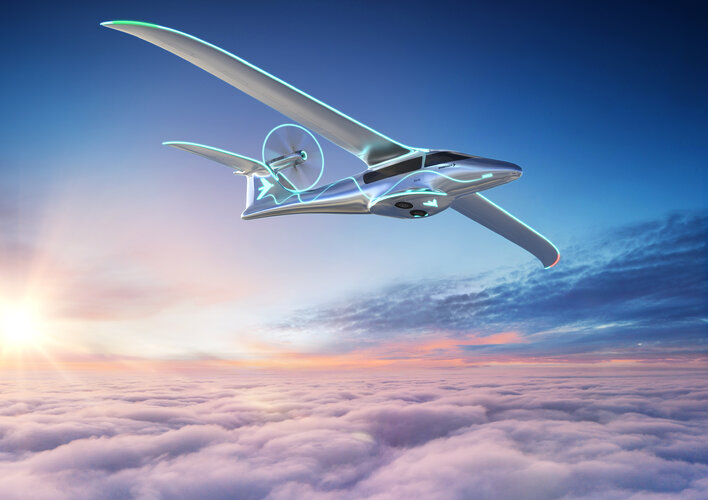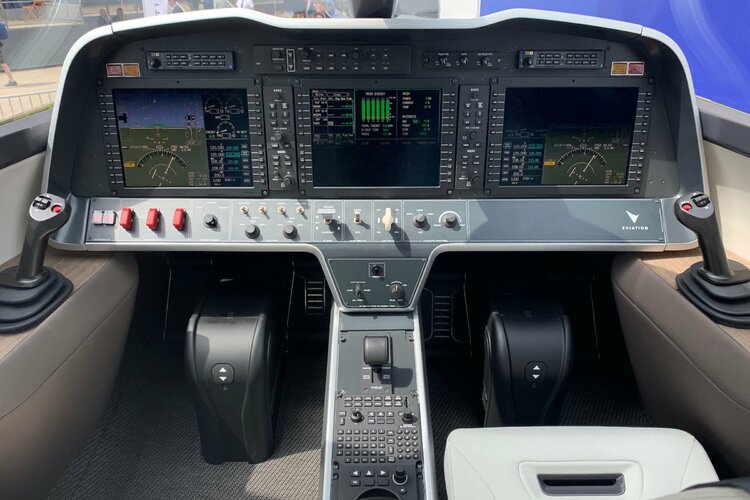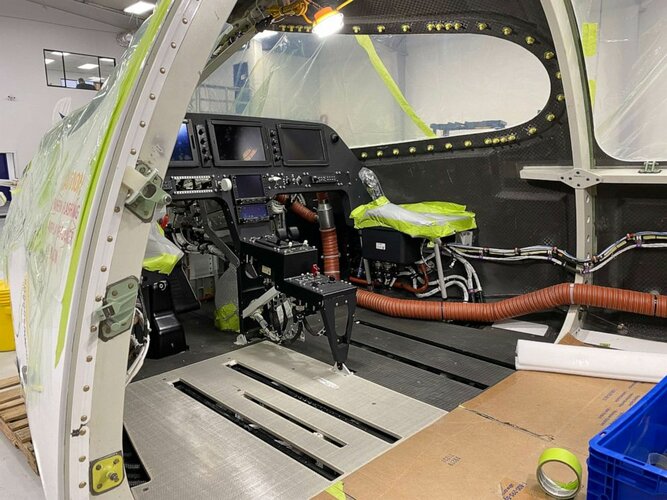- Joined
- 25 June 2014
- Messages
- 1,564
- Reaction score
- 1,501
Just found this thread. Rather than speculate wildly, I think it more useful to see where these technologies are in today's markets and in what directions they might develop from here.
First, hydrogen.
Fuel cells are used in a few specialist vehicles, both ground and air. But mass-market quality remains elusive. Expect the rollout to keep moving slowly, as each small advance opens up another niche.
Liquid hydrogen is strictly space rocket material, and even then rare on first stages which it bloats in size. The major aerospace companies are increasingly taking it seriously for large, long-range aircraft, which can sustain the high quality of support equipment and safety precautions. It appears a viable option, but it needs a lot of engine conversion and airframe development work so don't wait up. Main problem for more down-to-Earth or small-scale use is handling safety; unlike LPG it is cryogenic, you do not want it squirting into your boots.
Gaseous hydrogen is no less practicable than bottled petroleum gas. That has several established niche markets. Quite why I hear nothing about making a changeover, I have no idea, perhaps it is just not romantic or large-scale enough for the chatterati to care. It certainly won't save the planet any time soon. But if I went caravanning, I'd be very happy to cook on bottled hydrogen.
Metal hydrides and similar clathrates have remained a lab curiosity, due to high cost. Maybe that'll come down, but unless and until it does, lithium batteries have stolen ahead.
Which brings me to electric. Quite why the old lead-acid based milk floats of my childhood died out is a mystery to me, and they weren't the only electric commercial vehicles around. Following the late Sir Clive Sinclair's failed C5 and Zike projects during the wilderness years, electric bikes were first to be resurrected by the modern battery revolution and are quite a thing among commuters these days. Today's electric cars have ranges of hundreds of miles. Electric is attractive for short-haul flights such as private/light and air taxis because the motors are very light and the modest battery weight associated with short range is not a problem. Several electric light planes and motor-gliders are already on the market, with many more clogging up the certification authorities' in-trays. Expect a gathering explosion in takeup, rapidly moving into the utility and light commercial sectors.
Electric is also attractive for densely populated areas, due to the lack of exhaust pollution; air taxis again, not to mention the newly-minted Personal Air Vehicle. But are urban point-to-point flights really practicable? As anything more than next-generation helicopters for the rich and powerful, regulators such as the FAA are pulling together a whole new technology framework for the necessary urban infrastructure, including smart traffic management, emergency landing sites, smart autopilots and so forth, all integrated in a seamless operating environment; I suspect we'll see hydrogen jetliners first.
Then, there will be the electric hybrids. These will likely fill the medium-range niches. But then, a fuel cell is basically a hydrogen-electric hybrid. Which is where I came in.
First, hydrogen.
Fuel cells are used in a few specialist vehicles, both ground and air. But mass-market quality remains elusive. Expect the rollout to keep moving slowly, as each small advance opens up another niche.
Liquid hydrogen is strictly space rocket material, and even then rare on first stages which it bloats in size. The major aerospace companies are increasingly taking it seriously for large, long-range aircraft, which can sustain the high quality of support equipment and safety precautions. It appears a viable option, but it needs a lot of engine conversion and airframe development work so don't wait up. Main problem for more down-to-Earth or small-scale use is handling safety; unlike LPG it is cryogenic, you do not want it squirting into your boots.
Gaseous hydrogen is no less practicable than bottled petroleum gas. That has several established niche markets. Quite why I hear nothing about making a changeover, I have no idea, perhaps it is just not romantic or large-scale enough for the chatterati to care. It certainly won't save the planet any time soon. But if I went caravanning, I'd be very happy to cook on bottled hydrogen.
Metal hydrides and similar clathrates have remained a lab curiosity, due to high cost. Maybe that'll come down, but unless and until it does, lithium batteries have stolen ahead.
Which brings me to electric. Quite why the old lead-acid based milk floats of my childhood died out is a mystery to me, and they weren't the only electric commercial vehicles around. Following the late Sir Clive Sinclair's failed C5 and Zike projects during the wilderness years, electric bikes were first to be resurrected by the modern battery revolution and are quite a thing among commuters these days. Today's electric cars have ranges of hundreds of miles. Electric is attractive for short-haul flights such as private/light and air taxis because the motors are very light and the modest battery weight associated with short range is not a problem. Several electric light planes and motor-gliders are already on the market, with many more clogging up the certification authorities' in-trays. Expect a gathering explosion in takeup, rapidly moving into the utility and light commercial sectors.
Electric is also attractive for densely populated areas, due to the lack of exhaust pollution; air taxis again, not to mention the newly-minted Personal Air Vehicle. But are urban point-to-point flights really practicable? As anything more than next-generation helicopters for the rich and powerful, regulators such as the FAA are pulling together a whole new technology framework for the necessary urban infrastructure, including smart traffic management, emergency landing sites, smart autopilots and so forth, all integrated in a seamless operating environment; I suspect we'll see hydrogen jetliners first.
Then, there will be the electric hybrids. These will likely fill the medium-range niches. But then, a fuel cell is basically a hydrogen-electric hybrid. Which is where I came in.
Last edited:































